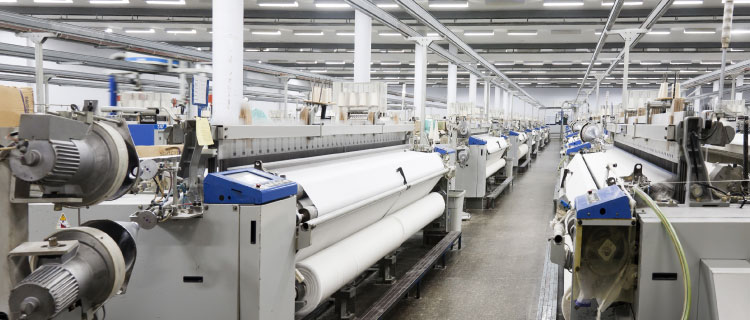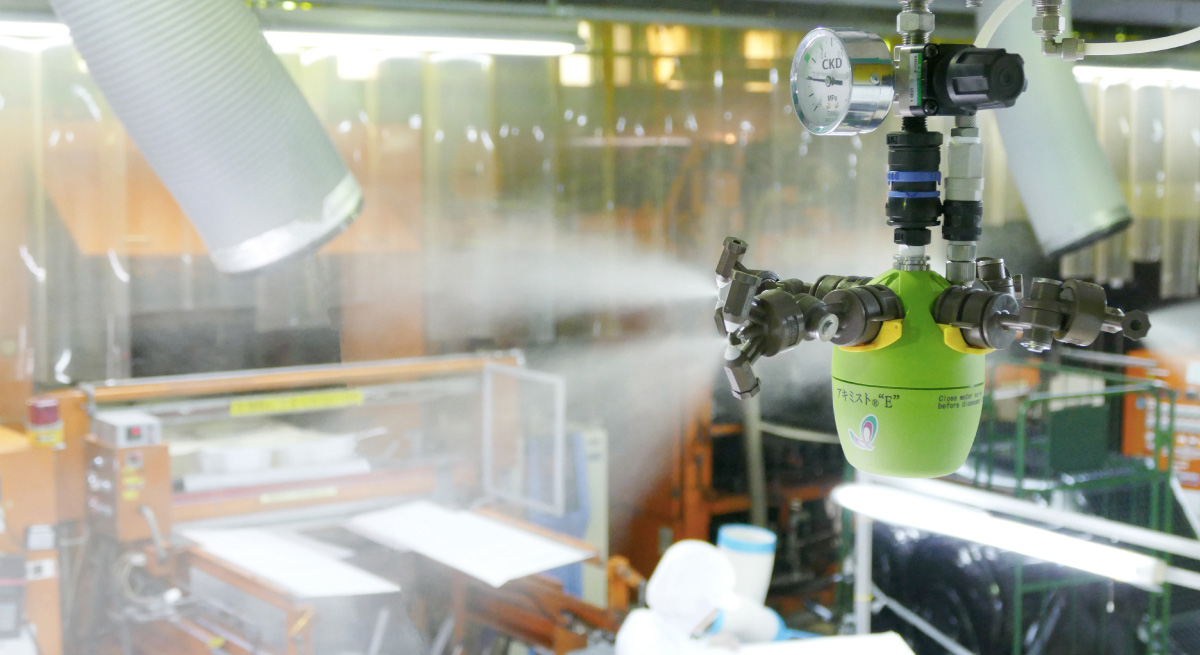
[PDF] Dry Fog Humidification Solutions for Printing: 8 Case Studies


Solutions or Products Featured
in This Case Study

At a cotton weaving factory in Indonesia, the customer faced a significant challenge: productivity in the weaving process declined during the hot daytime hours.
Expanding the factory floor and installing numerous additional air-jet looms strained the capacity of the existing air conditioning system.
In the weaving process, especially when using cotton yarn, precise temperature and humidity control is essential for maintaining high product quality. To address this challenge, the factory resorted to air conditioning only half of the production floor.
However, in the non-air-conditioned areas, room temperatures rose as high as 35°C, frequently triggering thermal switches on the looms and causing machines to stop unexpectedly.
Each time a machine stopped, operators were required to inspect the quality of the work-in-progress, reset the weft yarn, and restart the operation, which placed a significant burden on them. Additionally, out of concern for further stoppages, the looms were operated at reduced speeds, inevitably leading to lower productivity.
The factory considered upgrading its air conditioning system, but the estimated cost of $300,000 made it difficult to justify the investment. As the thermal switches were set to activate at 32°C, it was essential to find a way to keep the room temperature below this threshold. Amid these challenges, the factory reached out to IKEUCHI for a solution, following a recommendation from a nearby spinning factory.
IKEUCHI proposed installing the Dry Fog humidification system, AirAKI. This system lowers room temperature through the evaporative cooling effect of its ultra-fine fog, Dry Fog, while maintaining optimal humidity levels with automated operation. Additionally, it prevents thread breakage caused by dryness and helps preserve fabric quality by maintaining appropriate moisture content in the cotton.

In addition, IKEUCHI proposed dividing the floor into separate zones and using vinyl curtains to prevent the Dry Fog from dispersing. This approach made it possible to implement the system gradually, starting with high-priority zones.